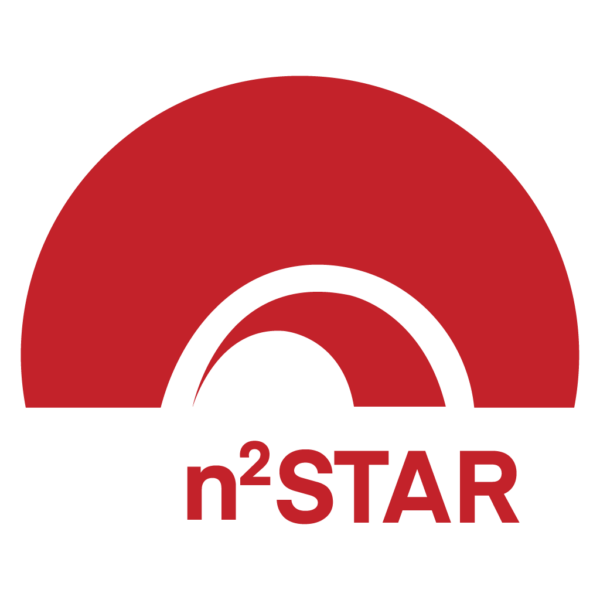


Photolithography is a sequence of process steps which allows to replicate or create a pattern on a substrate before performing any additive (lift-off) or substractive (etching) steps. This is achieved by using a photosensitive polymer, the photoresist, that reacts with blue-UV (350nm – 440nm) or DUV (248nm) light to become soluble. The photoresist is generally diluted with a solvent, dispensed on the wafer, and spin-coated to reach its final thickness. Then, it is baked to remove the residual solvent content.
Patterning can be done using different methods: 1) Using a mask that locally blocks the UV light with a thin layer of chromium in order to replicate (mask-aligner) or project (stepper) the mask pattern on the wafer, 2) Using a focussed UV laser spot that writes the pattern directly on the wafer (direct laser writing), 3) Using interferences to create periodic intensity patterns (interference lithography), etc…
Hitachi FlexSEM 1000 II Scanning Electron Microscope
SENTECH SENresearch 4.0 Spectroscopic Ellipsometer
OLYMPUS LEXT™ OLS5100 3D Laser Scanning Microscope
BRUKER DektakXT Stylus Profilometer (Motorized Stage)
BRUKER DektakXT Stylus Profilometer (Manual Stage)
SIGNATONE Pro 4-4000 & Keithley 2450 4-point probe and I-V meter
Biolin Scientific Attension Theta Lite TL101-Auto1 Contact Angle Meter
FILMETRICS F20 Film Thickness Measurement Instrument